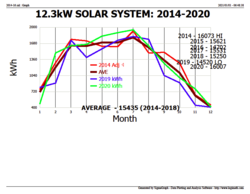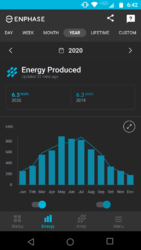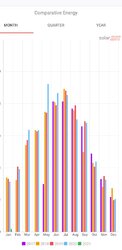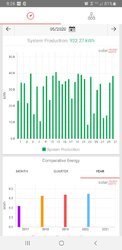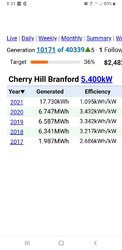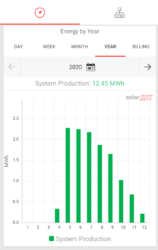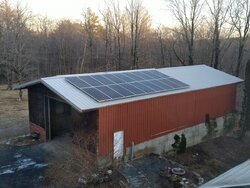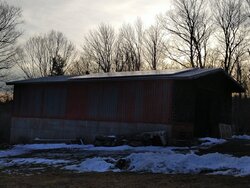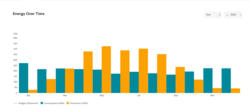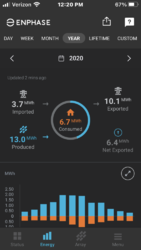2020 set near record-breaking kWh production of 16,007 kWh, just missing the all-time record of 16,073 kWh in 2014. Factors that might have contributed may be reduced pollution from transportation and industrial sectors due to Covid-19, favorable winds which reduced smoke from western US and Canada forest fires, or just more sunny days. The average annual production for the first five years following installation is 15,435 kWh. The lowest production year was 2019 at 14,520 kWh.
